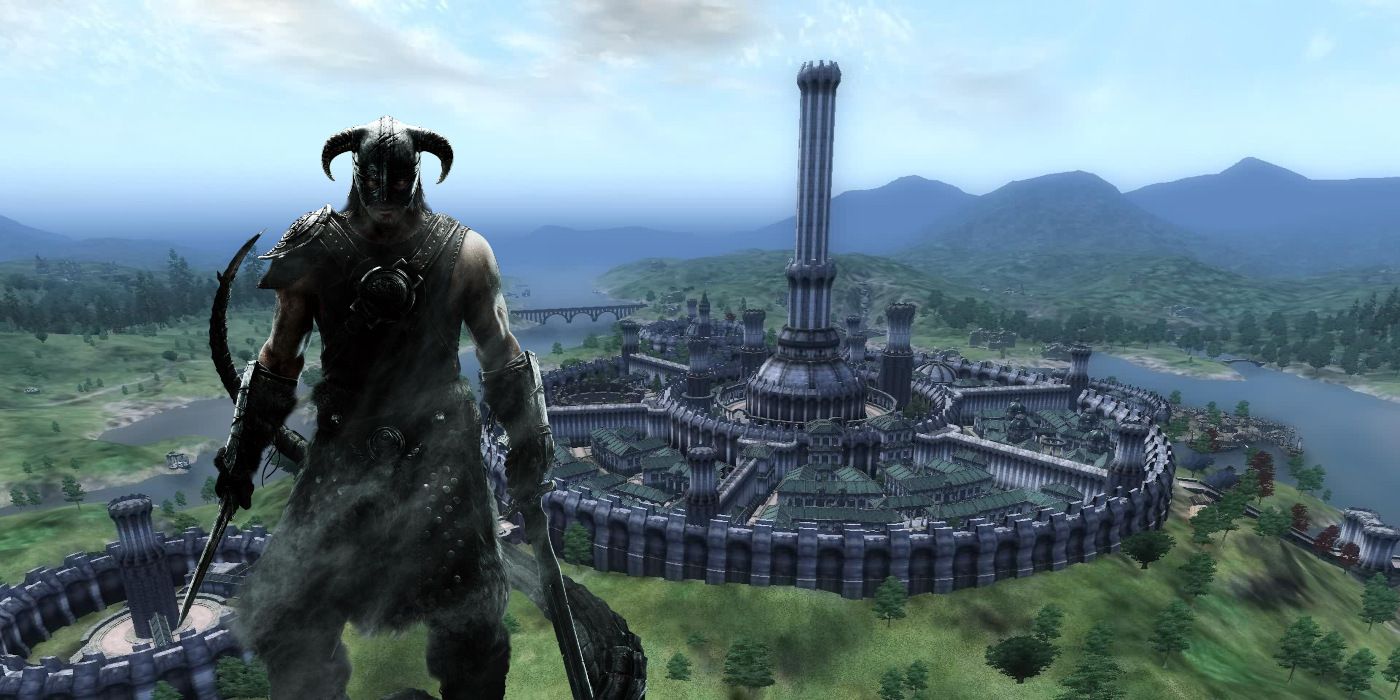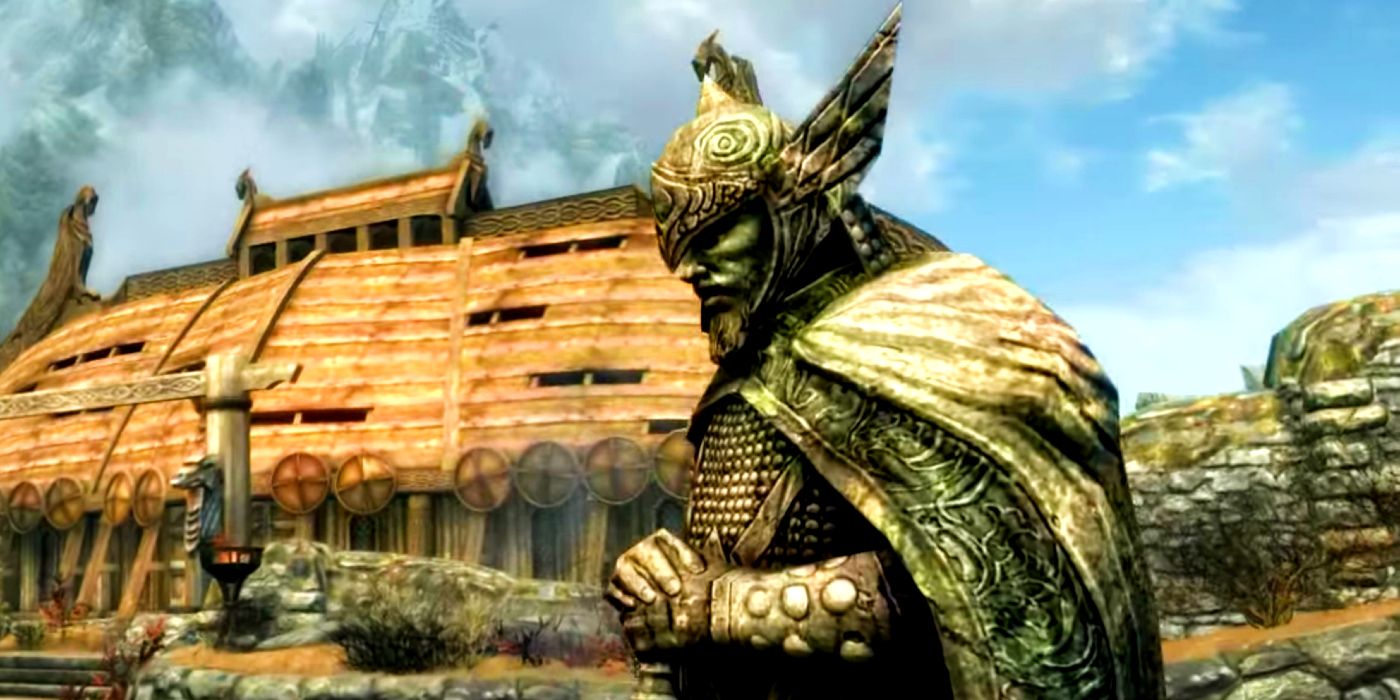Open-world RPGs like The Elder Scrolls V: Skyrim can often make players feel like kings or gods, thanks to the amount of freedom and power they possess - especially at higher levels. Skyrim is different, however, in that the player technically should be a ruler. The game simply never addresses it.
In Elder Scrolls IV: Oblivion, the player is tasked with finding the rightful heir to the throne of Cyrodil after the country's last Emperor is assassinated. As a result, players become intimately familiar on the ins and outs of how an Emperor is chosen and what exactly qualifies them as such. As it turns out, while heredity is a major factor, what is more important is that the person can wear the Amulet of Kings. Many emperors have worn this divine item without being directly related, and all of them have been equally worthy of the throne.
According to the Elder Scrolls Wiki, the only confirmed prerequisite for being able to wear the Amulet of Kings is to be Dragonborn. Back in the days of Oblivion, the most recent dynasty of emperors, the Septims, were all related to Tiber Septim (aka the god Talos). Before he ascended to godhood, Tiber was a mortal man and one of the most famous Dragonborn in history. If anyone who isn't a Dragonborn tries to put the Amulet on, it simply falls off of their body.
Who Gets To Be Emperor In The Elder Scrolls
After the events of Oblivion, no Dragonborn were left on Nirn to take the throne. Furthermore, the Amulet of Kings shattered, and the ceremonial Dragonfires that it lit during each new emperor's crowning became permanently lit. This forced the Empire to appoint a new leader without Dragonborn heritage. However, that still doesn't change the fact that, until Oblivion, the majority of the Empire's rulers have all been Dragonborn. If Skyrim's protagonist was transported 200 years into the past, they would be fully capable of wearing the Amulet and therefore worthy of the throne.
Some evidence present in Elder Scrolls lore does conflict with this, however. One character in Oblivion states that only blood relatives of Saint Alessia (another historically famous Dragonborn) could wear the Amulet. However, some later emperors lacked any direct relation to Alessia while still being Dragonborn. Tiber Septim is likely the best example, as he was the first emperor to be crowned without being a member of the last dynasty's lineage. Therefore, the term "blood relative" could mean those who share Dragon blood, making any Dragonborn a legitimate heir. A questline in Elder Scrolls Online even focuses on a character attempting to use the Amulet to make themselves Dragonborn and legitimize their claim to the throne.
Unfortunately, with no Amulet of Kings, Skyrim's protagonist has few methods to legitimize their claim to royalty. Aside from that, the game does nothing to address whether or not they are the heir. Luckily, the player can take up their misgivings with Emperor Titus Mede II near the end of The Elder Scrolls V: Skyrim's Dark Brotherhood Questline. It's too bad the player will never be his replacement.
Source: Elder Scrolls Wiki


